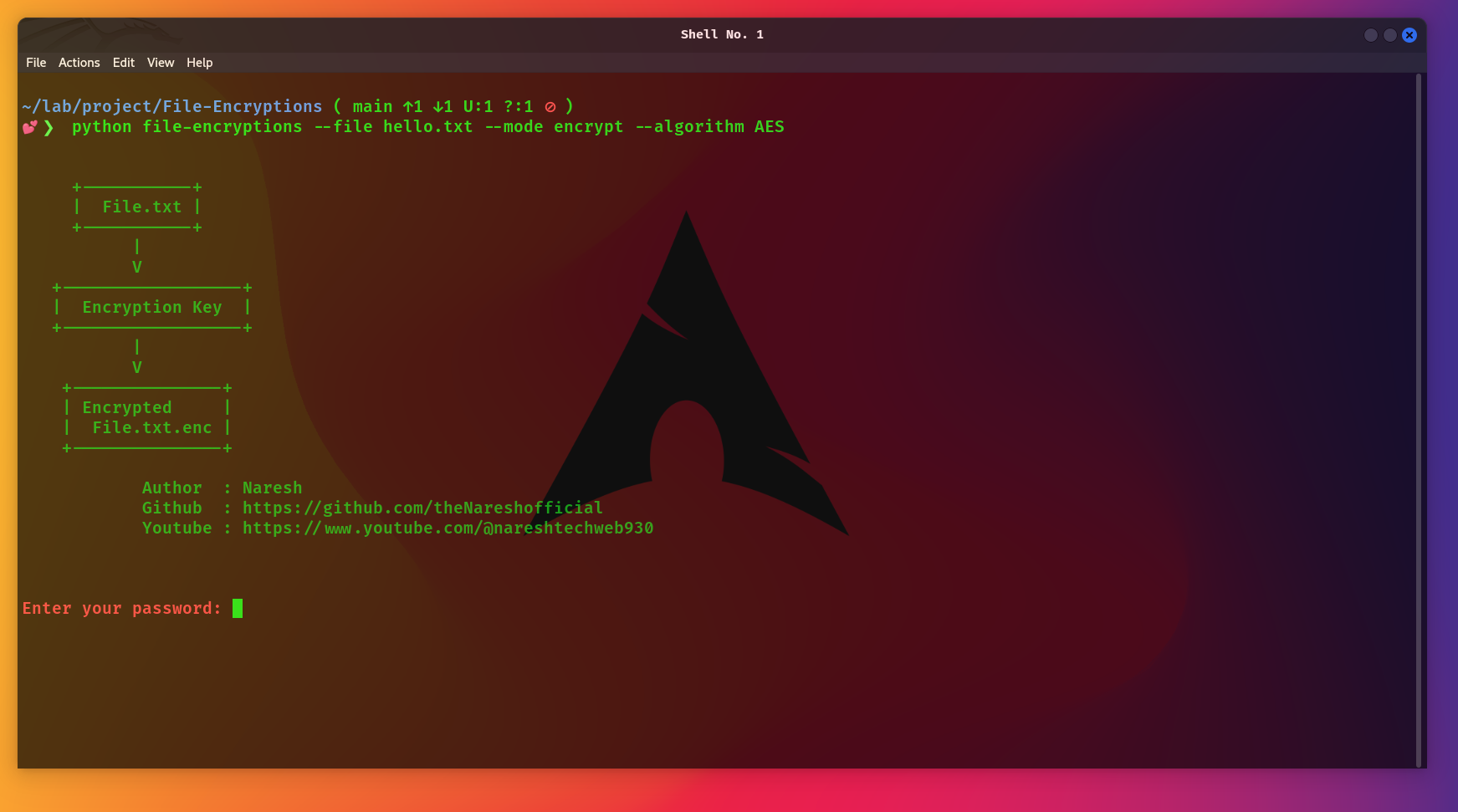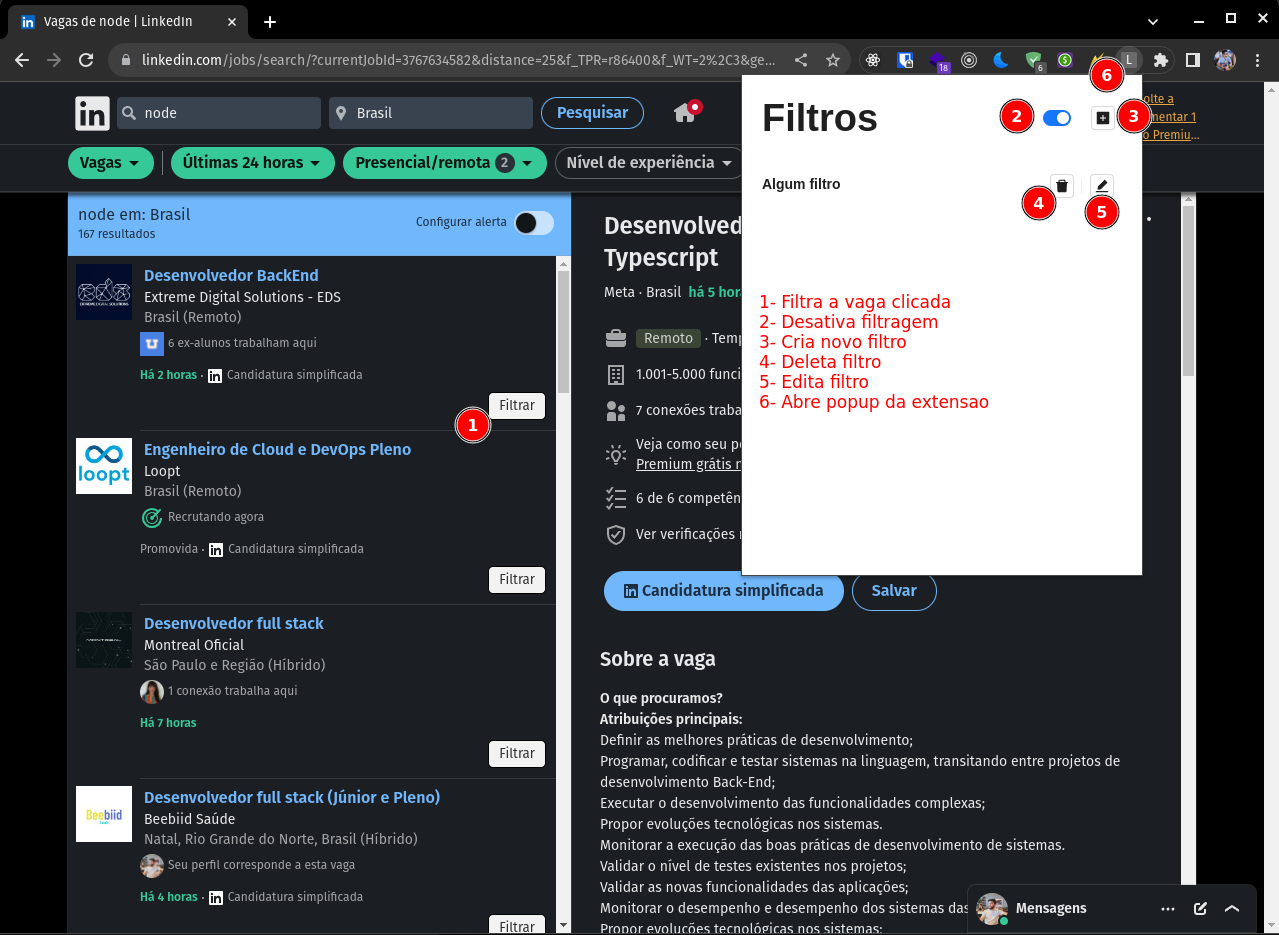A simple WebSocket framework for Go
go get -u github.com/aliforever/go-socketify
A simple app that PONG when PING
options := socketify.ServerOptions().SetAddress(":8080").SetEndpoint("/ws").IgnoreCheckOrigin()
server := socketify.NewServer(options)
go server.Listen()
for connection := range server.Connections() {
connection.HandleUpdate("PING", socketify.NewMapper[socketify.EmptyInput](func(_ socketify.EmptyInput) {
connection.WriteUpdate("PONG", nil)
}))
go connection.ProcessUpdates()
}
Run the application and send below JSON to “ws://127.0.0.1:8080/ws”:
{
"type": "PING"
}
You’ll receive:
{
"type": "PONG"
}
Events are ought to be sent/received with following JSON format:
{
"type": "UpdateType",
"data": {}
}
Type is going to be your update type and data is going to be anything.
You can retrieve clients within other clients by using Socketify’s client storage.
You can enable the storage by setting option EnableStorage():
options := socketify.Options().
SetAddress(":8080").
SetEndpoint("/ws").
IgnoreCheckOrigin().
EnableStorage() // <-- This LINE
Each client has a unique ID set by shortid package, you can recall using client.ID().
Clients are stored in a map with their unique ID and you can retrieve them by calling:
client.Server().Storage().GetClientByID(UniqueID)
You can specify a handler for an updateType to each client by using:
client.HandleUpdate("UpdateType", func(message json.RawMessage) {
// Process message
})
This way Socketify will call your registered handler if it receives any updates with UpdateType specified.
Or you can just listen on updates on your own:
go client.ProcessUpdates()
go func(c *socketify.Client) {
for update := range c.Updates() {
fmt.Println(update)
}
}(client)
Note: You should always call go client.ProcessUpdates() to let a Socketify client receive updates.
Checkout Docs Here









